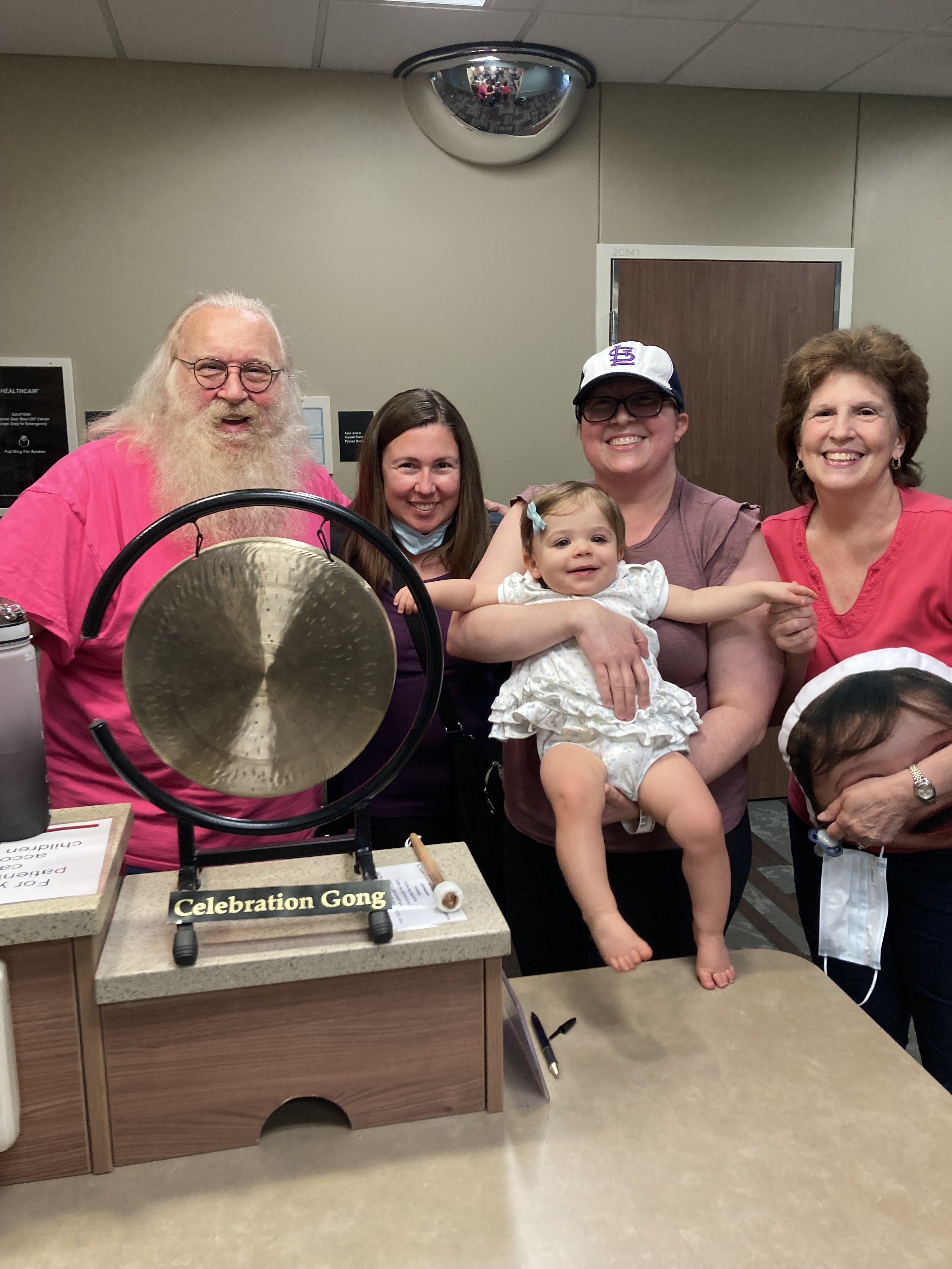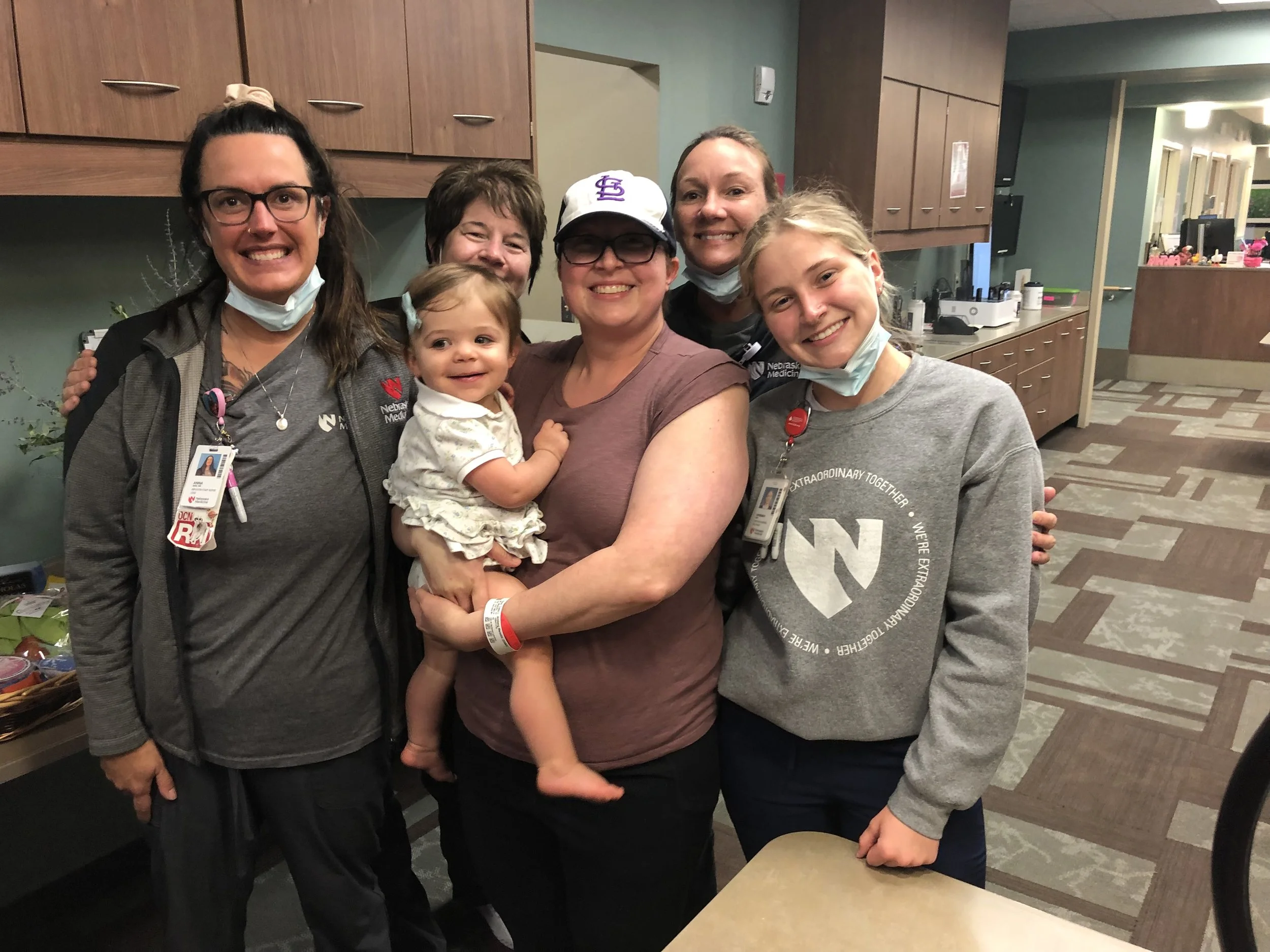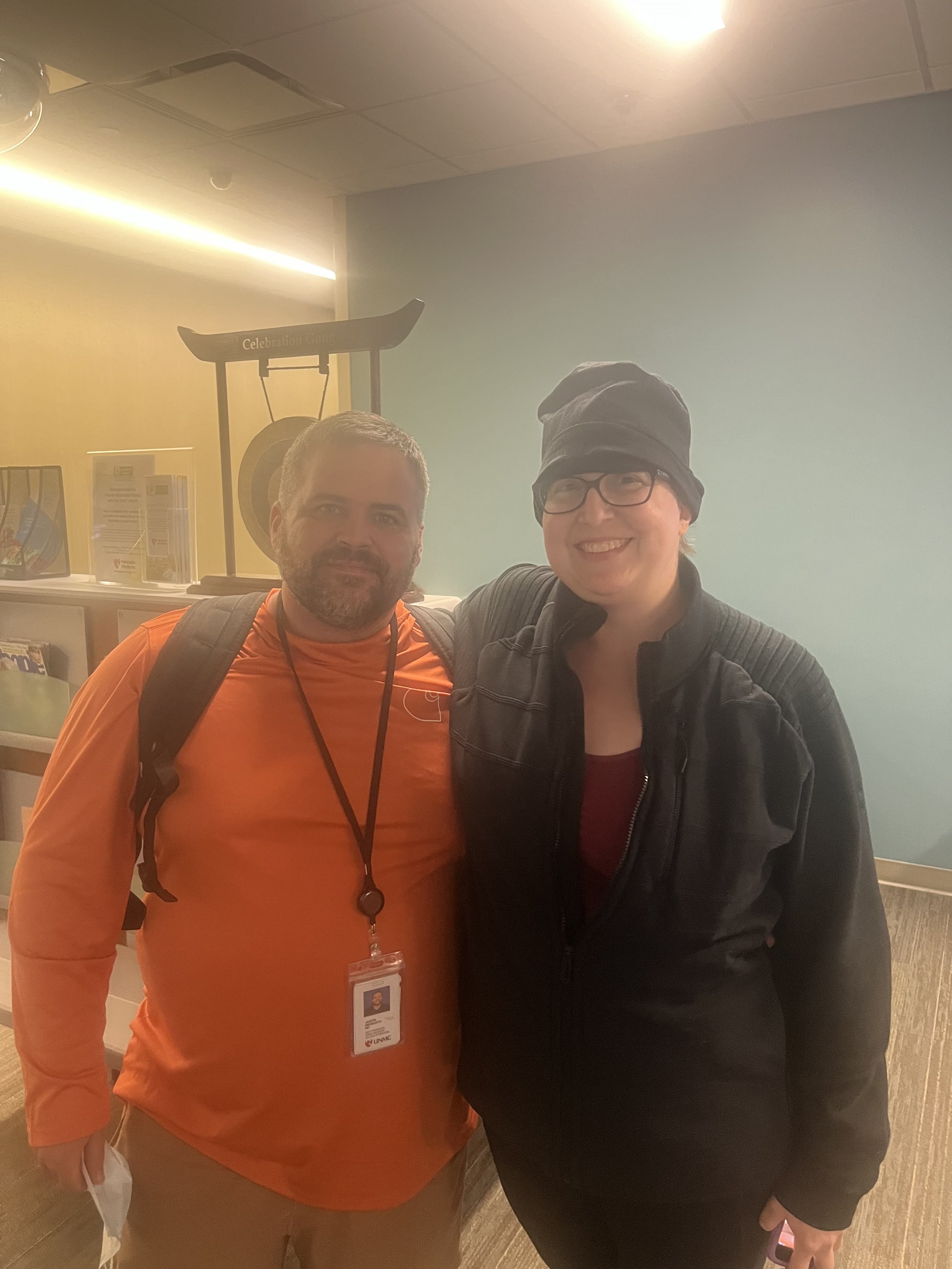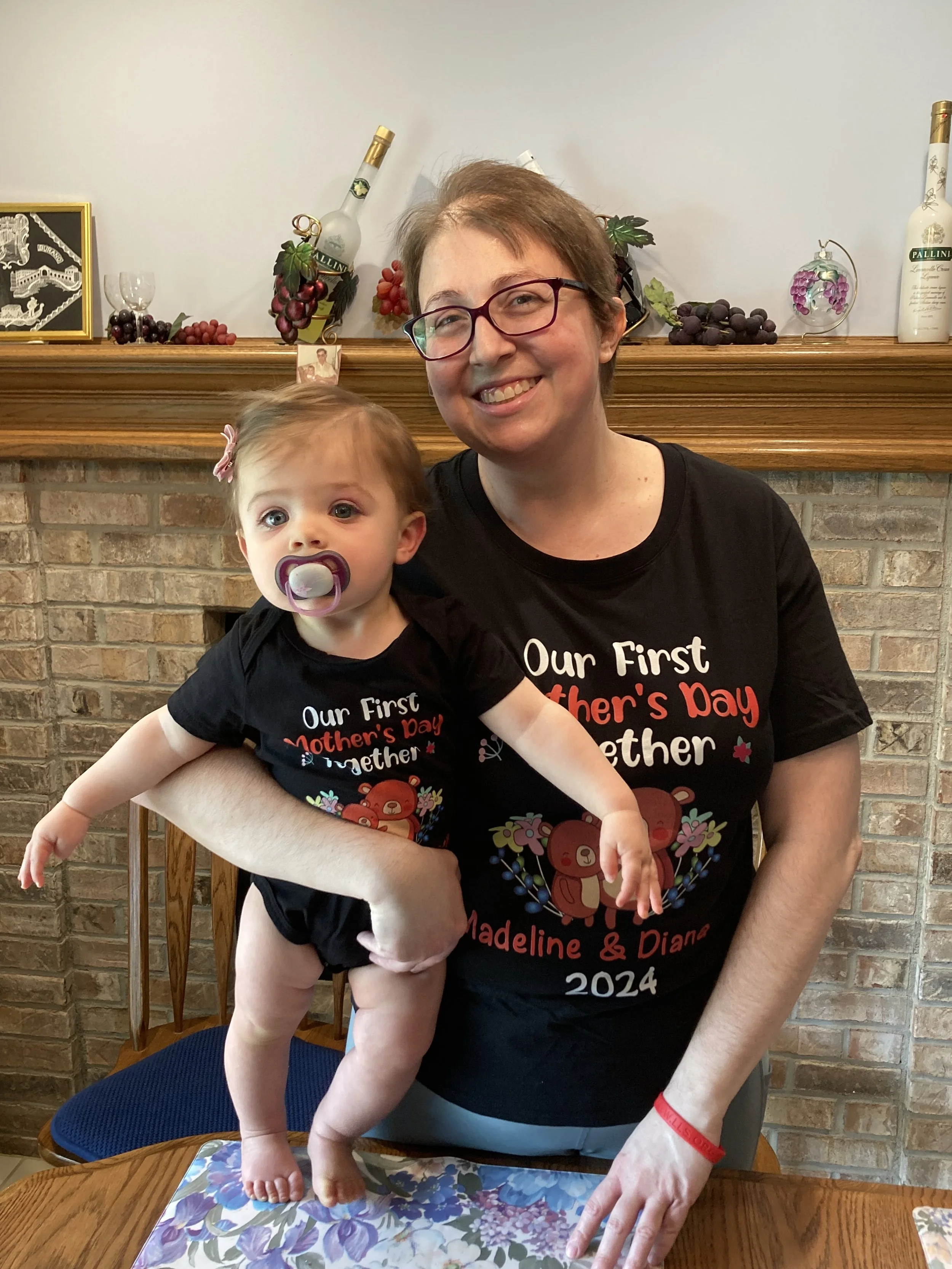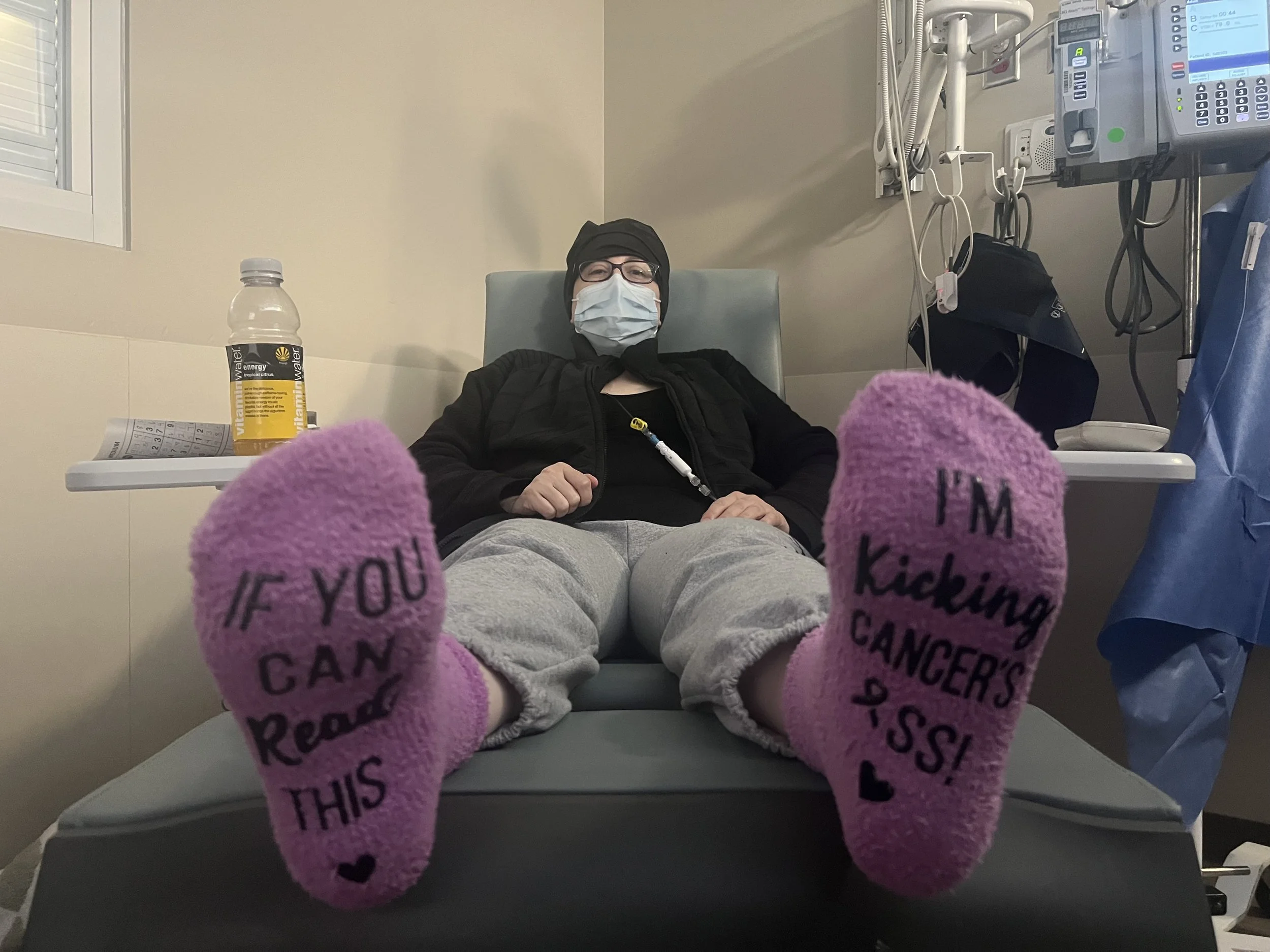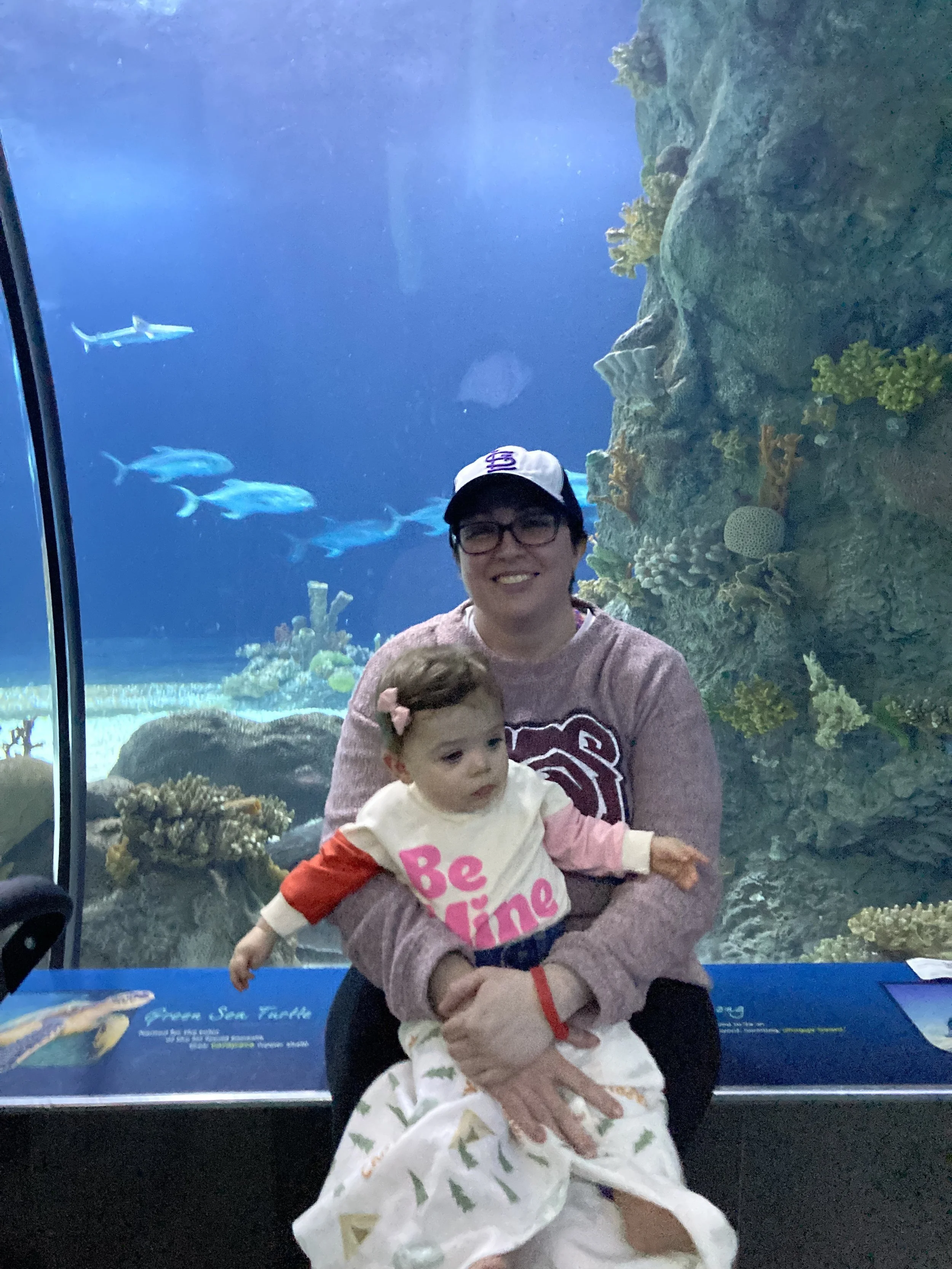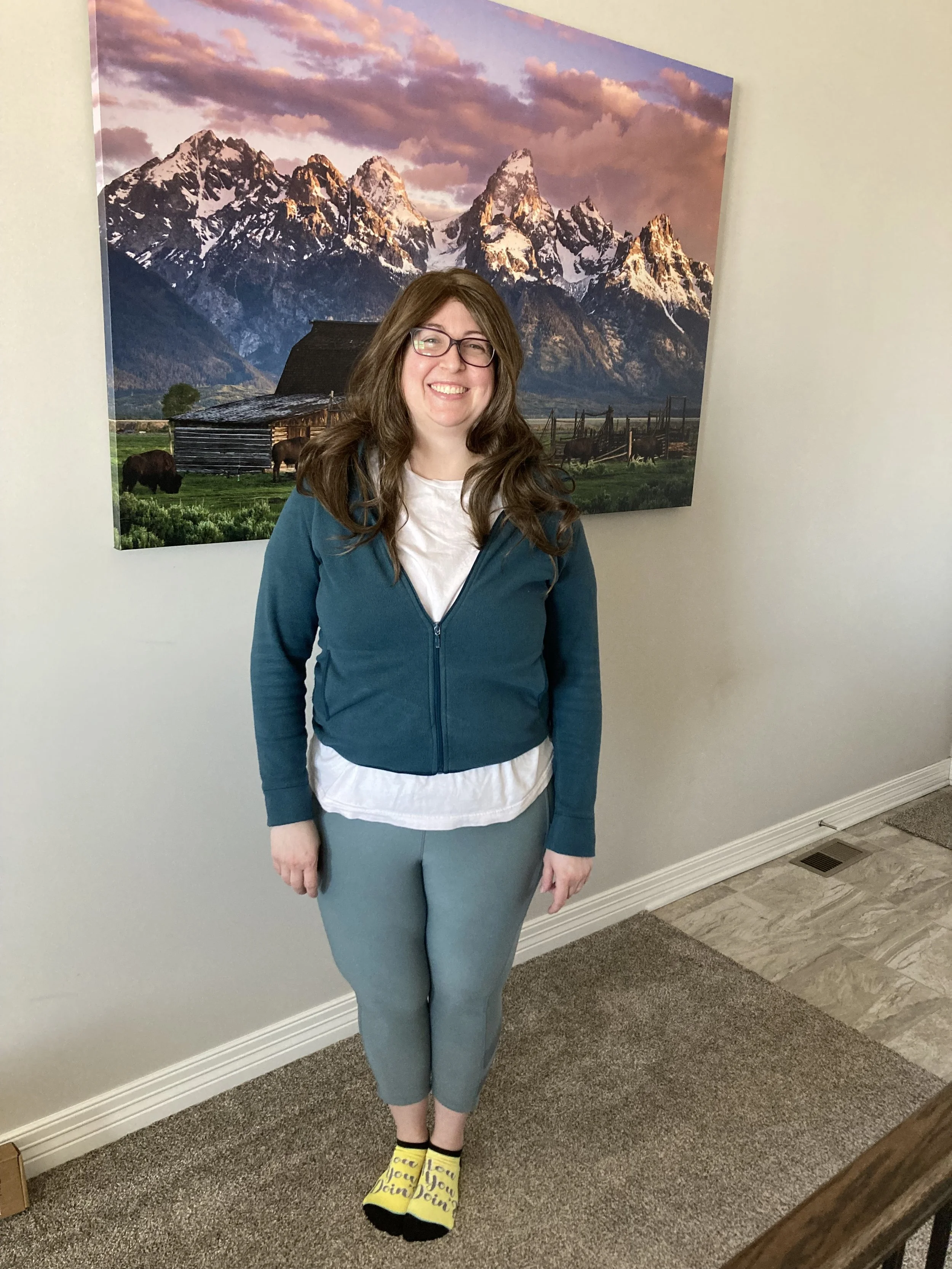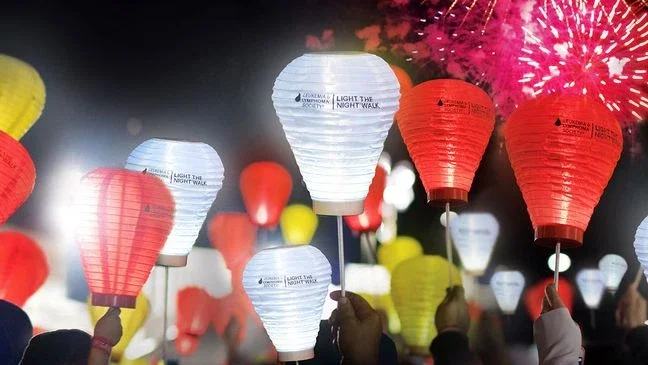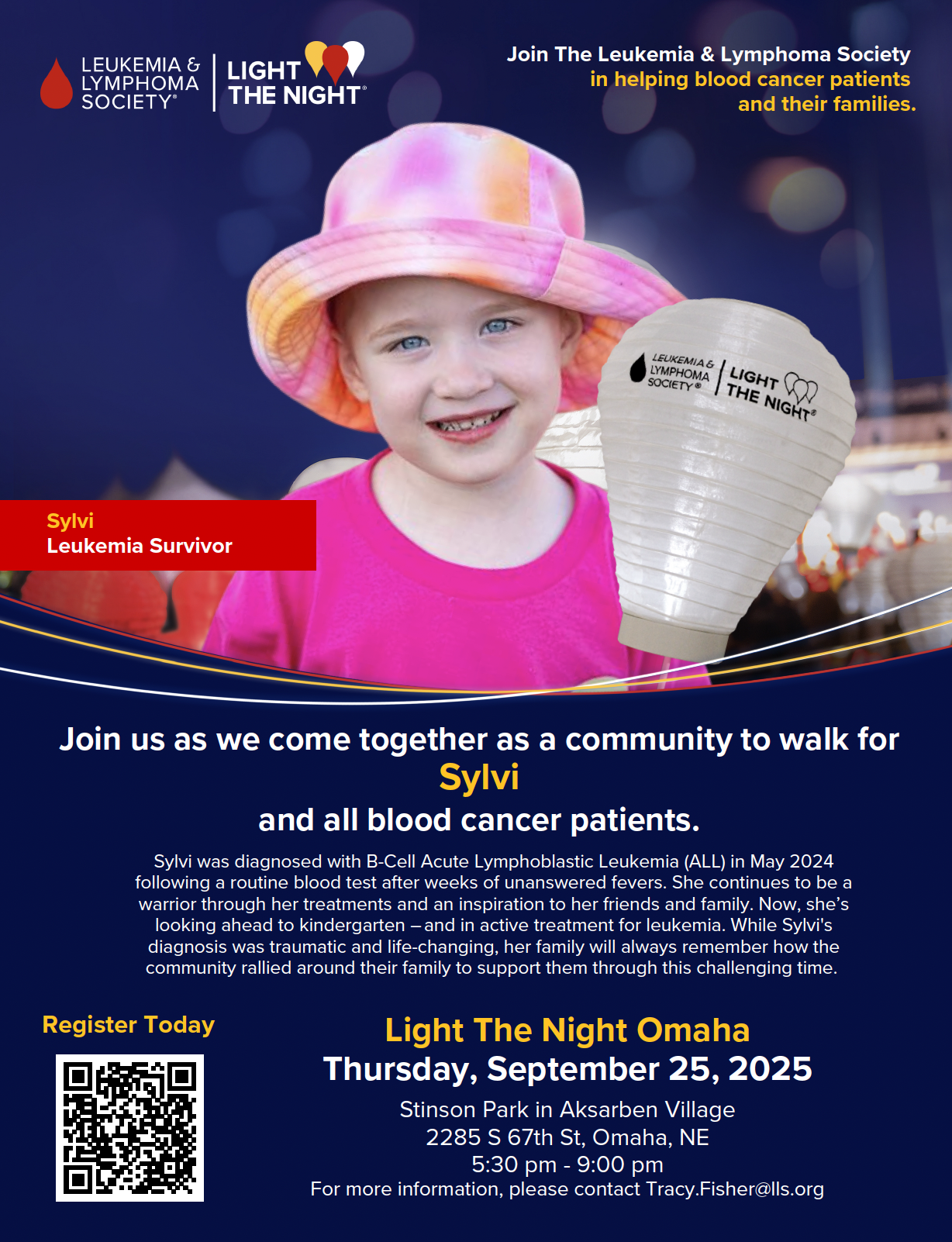Diana’s Fight, Her Faith, and the Night Omaha Lights Up for the Leukemia & Lymphoma Society
When Diana Gleisberg Meredith looks back at the fall of 2023, her memory is sharp and vivid, stitched with the sounds of oxygen tubes, the prayers of family, and the stubborn belief that she would beat cancer.
Her diagnosis came fast. One day, she was visiting her brother in Seattle. Two days later, she was at Nebraska Medicine, gasping for air, terrified.
“Not being able to breathe was panic-inducing,” Diana remembers. “Usually, you can calm yourself with deep breaths. But when you can’t catch your breath, it freaks you out even more. That’s how it all started.”
Some cancer journeys build slowly, with months of symptoms and testing. Diana’s was sudden. She was diagnosed with stage three Hodgkin’s Lymphoma. And she was forced to hand over control to doctors, specialists, and a medical system she never imagined needing so urgently.
“For anyone who has their own health issues, or is a caregiver, it’s incredibly difficult to be out of control and removed from the process,” she says. “I had to put my trust in the experts at Nebraska Medicine.”
One of those experts, Dr. Matthew Lunning, gave her the words that she carried like armor: “We’re not treating your cancer, we’re curing it.”
Faith, Family, and Plain Pancakes
Diana is naturally optimistic. She made the conscious choice not to Google survival odds.
“I was determined that my journey would end in victory,” she says. Her father reinforced the same belief, calling her illness “just another chapter” of her life.
She leaned hard on her faith. She leaned on prayers, hundreds of them, pouring in from friends and strangers alike. And she leaned on her family, who became her frontline support system.
Her husband rearranged his entire life to care for her. He managed oxygen tubes, medications, and sleepless nights. Their daughter, just eight months old, was cared for around the clock by Diana’s parents, who stepped in as full-time caregivers while Diana was hospitalized.
“Cancer isn’t just the patient’s diagnosis,” Diana says. “It belongs to the whole family.”
Even the smallest details mattered. Friends wanted to bring casseroles, especially their prized lasagnas. But Diana couldn’t eat them.
“I had to tell everyone, ‘pancakes, waffles, fruit, and smoothies.’
That was it.
Otherwise, my husband, parents, or sister ate it all. It was hard for me, as a people-pleaser, to say no. But I had to be specific.”
Living With the Aftermath
Chemo is not glamorous, Diana says. “If I can write about diarrhea on CaringBridge, I can be honest about this whole process.”
Neuropathy still lingers, a constant reminder of the medications that saved her life but took their toll.
“My neuropathy is so bad that I tripped at Fontenelle Forest recently and gave myself a concussion,” she laughs. “My husband just shook his head—‘can’t we catch a break?’”
Still, she considers herself fortunate. One of the chemo drugs she received, brentuximab, hadn’t even existed two years earlier.
“Had I been diagnosed in 2022 instead of 2024, I don’t know if I’d be here. That drug made the difference.”
As Diana moved into remission, she looked for ways to give back. That’s how she found Light the Night Omaha, the annual event hosted by the Leukemia & Lymphoma Society (LLS), which is now being rebranded as Blood Cancer United.
At first, it was about fundraising, something Diana was good at.
She set records, with more than 290 separate donations to her page. She even partnered with her brother, who created custom Friends-themed t-shirts to support her campaign.
(Editor’s Note: She wrote in saying, “I noticed in half my pictures, I was wearing Friends socks, blankets, or shirts,” she laughs. “It just made sense.”)
But Light the Night became more than a fundraiser. It became a place where Diana’s story, and others like hers, were honored and amplified.
What the Night Looks Like
On September 25, Stinson Park in Omaha will glow with lanterns, thousands of them. Each color tells a story:
White lanterns for survivors and patients, like Diana.
Gold lanterns for those honoring a loved one lost.
Red lanterns for supporters.
The most powerful moment comes when survivors gather in a circle, lanterns dark, and then switch them on in unison.
“Our youngest last year was three years old,” says Tracy Fisher of LLS. “Grandparents, toddlers, parents, it’s powerful to see them all together, lighting their lanterns at once.”
The evening is a festival. Food trucks, live entertainment, children playing on the grassy field, and families on picnic blankets waiting for the ceremony to begin. Then comes the walk: three illuminated laps around the park, lanterns glowing against the night sky.
And finally, fireworks, closing the evening with color and light.
“Someone told me Light the Night feels like a family reunion,” Tracy says. “And it’s true. Once you go, you come back year after year.”
Diana wasn’t able to attend last year’s Light the Night, and for good reason! She was in Seattle, celebrating being cancer-free with her brother’s family. This year will be her first time fully stepping into the event with her husband, daughter, and parents by her side.
“This is my chance to give back,” she says. “It’s my way of saying thank you to the people who carried me, and to let others know they don’t have to face this alone.”
Her advice to others living with cancer is simple, but rooted in everything she’s lived: “Build a strong army of support. Trust your medical team. And rely on faith and hope.”
On this coming Thursday evening, when the lanterns rise and the fireworks crack the sky, Diana’s light will be among them, a light born of struggle, family, faith, and the will to keep walking.
Ways You Can Help!
✦ Donate to Diana’s fundraising page: LLS Fundraising Page
✦ Attend the event, info: Light the Night Omaha
✦ Read Diana’s CaringBridge journal: Her Journey
✦ Buy a “Friends” t-shirts: Corn & Raised Shop



